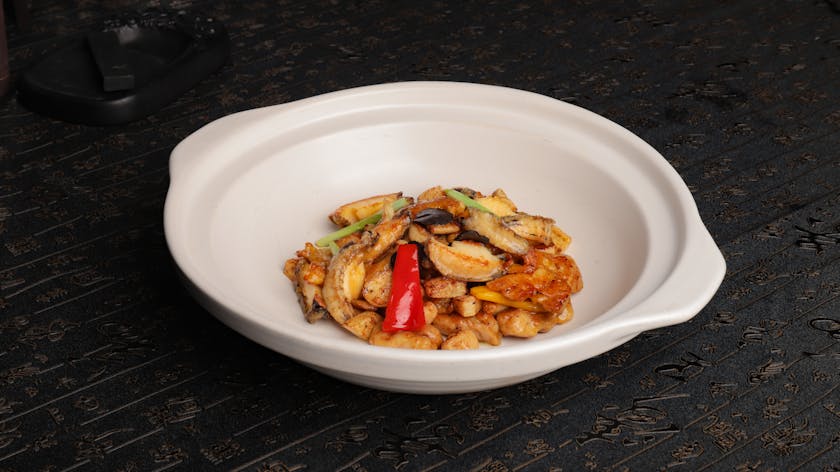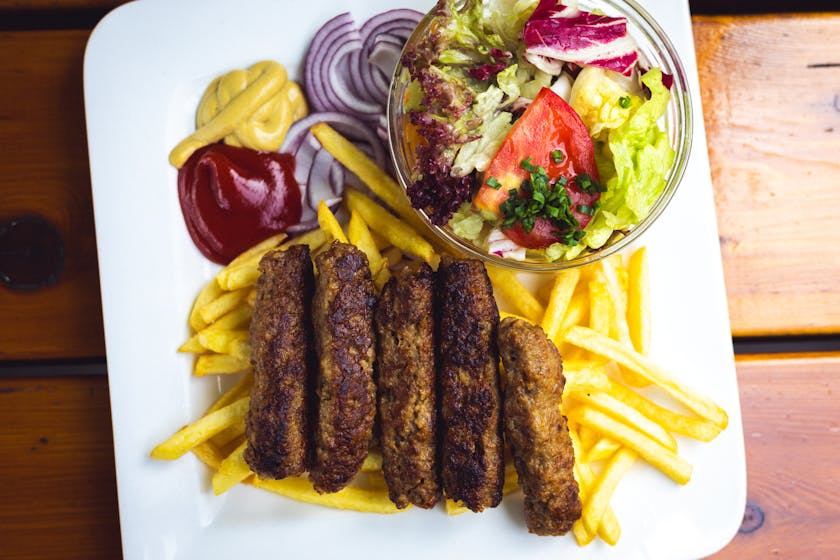If you’ve ever considered once-a-month cooking, understanding effective bulk meal storage for emergency preparedness is crucial. It isn’t just about having a stockpile of food; it’s about ensuring your efforts in the kitchen remain safe, nutritious, and ready to consume, even months down the line. Here’s how to master the art of storing your bulk meals, so you’re prepared for any emergency.
Key Principles of Bulk Meal Storage
Start with a Plan
Before you cook, plan. Assess your storage space, understand the shelf life of various food items, and consider dietary needs. A well-thought-out plan prevents waste and ensures a balanced diet during emergencies.
Invest in Quality Containers
Durable, airtight containers are a must. They protect your food from contaminants and pests, and help maintain nutritional value. Opt for BPA-free plastics, glass, or stainless steel for the best results.
Label Everything
Labeling is a step you can’t afford to skip. Include the contents, cooking instructions, and the date of storage. This practice will help you rotate your stock efficiently and avoid expired food consumption.
Freezing: A Reliable Method for Long-Term Storage
Freezing is an excellent option for extending the shelf life of your meals. To freeze effectively:
- Chill Before Freezing: Let cooked food cool to prevent bacterial growth and freezer burn.
- Portion Control: Divide meals into family-sized portions for easy thawing and to minimize waste.
- Freezer Burn Prevention: Remove as much air as possible from containers and use freezer-safe materials.
- Temperature Matters: Keep your freezer at 0°F (-18°C) or below for optimal food preservation.
Remember, not all foods freeze well. Research beforehand to ensure the best results.
Canning: Preserving Your Hard Work
Canning is another popular method for storing bulk meals. There are two primary canning methods:
- Water Bath Canning: Ideal for high-acid foods like fruits and tomatoes.
- Pressure Canning: Necessary for low-acid foods like meats and vegetables to prevent botulism.
Proper canning requires strict adherence to safety guidelines to avoid contamination.
Dehydrating: Space-Saving and Shelf-Stable
Dehydration removes moisture from food, making it resistant to spoilage. It’s perfect for fruits, vegetables, and herbs. Store dehydrated foods in a cool, dark place in airtight containers.
Optimize Your Pantry for Emergency Storage
Bulk meal storage isn’t just about refrigeration or freezing. Your pantry plays a vital role too. To maximize its use:
- Control Temperature and Humidity: Keep your pantry cool and dry. High temperatures and moisture can spoil food quickly.
- Organization is Key: Organize your pantry by expiration dates and rotate your stock regularly.
- Pest Control: Ensure your pantry is clean and free from pests that can damage your stored foods.
Integrating Bulk Meal Storage into Your Emergency Preparedness
When emergencies strike, having a well-stocked supply of nutritious meals can alleviate stress and keep you healthy. Take the time to learn proper storage techniques and integrate monthly cooking sessions into your routine. Your future self will thank you for the effort and foresight.
Emergency preparedness is not complete without a thorough understanding of bulk meal storage. By mastering these storage methods, you’ll ensure your once-a-month cooking efforts stand the test of time and any unforeseen events.
Watch this informative video on how to organize your freezer space for optimal storage:



